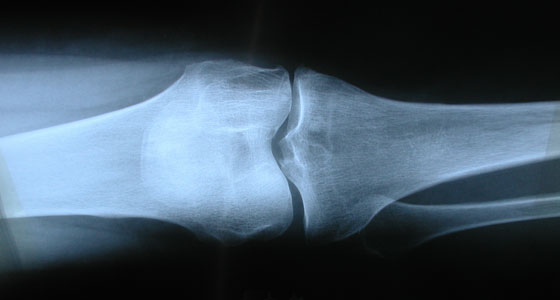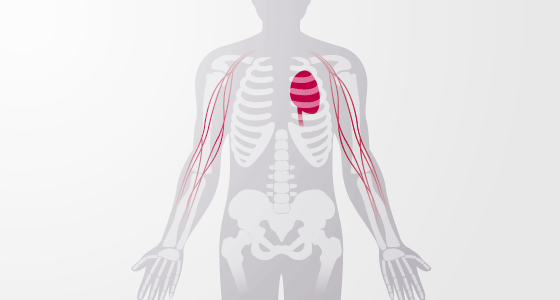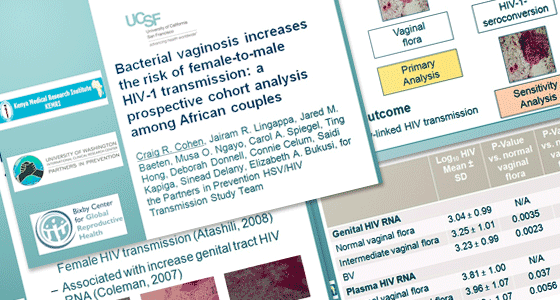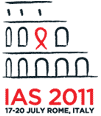
Myron Cohen, University of North Carolina ©IAS/Marcus Rose/Worker's Photos
The HPTN 052 study showed that early treatment – started at a CD4 count between 350 and 550 – reduced the risk of HIV transmission to an uninfected partner, by at least 96%. Almost all the study participants were heterosexual couples.
Professor Myron Cohen said: “These are important results to give to a serodiscordant couple.”
The debate on the infectiousness of patients taking HIV therapy was kick-started by the release of the ‘Swiss statement’ in 2008, which said that – in certain circumstances – people taking successful antiretroviral therapy were not infectious to their sexual partners.
However, caution was urged. Professor Cohen reminded delegates that the average duration of follow-up in the HPTN 052 study was only 1.7 years.
A total of 28 infections could be genetically linked to an HIV-positive partner enrolled in the study – only one of these occurred in the immediate-treatment arm (participants in a deferred-treatment arm only started treatment once their CD4 count dropped to 250).
The transmission took place during the early weeks of treatment. The transmitting partner had a baseline viral load of 87,202 copies/ml, and after 28 days a viral load below 400 copies/ml.
Professor Cohen said that couples need to be counselled about the possible differences in risk between the first few months of treatment and later periods.
The researchers calculated that treatment reduced the risk of transmission by 96%.
In the deferred-treatment arm, the average viral load when transmissions occurred was approximately 80,000 copies/ml.












Connect with NAM on Facebook: Keep up to date with all the exciting projects, latest achievements and new developments that are going on in the world of NAM.
Follow NAM on Twitter for links to hot off the press news stories from our editors covering key developments and conferences as they happen. Our news feed is linked to www.twitter.com/aidsmap_news and we also tweet from www.twitter.com/aidsmap
Follow all the conference news by subscribing to our RSS feeds.